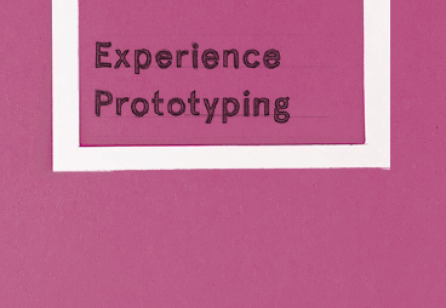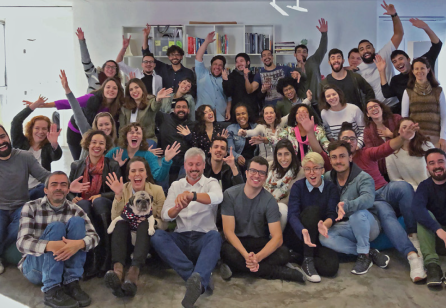What language (keywords or phrases) do you like to use to explain business modeling / business model innovation to an audience that is not familiar with it?
- "Business modeling is an essential part of any product/service/business development
- Business modeling is about building logic of how the business of firm works
- Digitalisation is rapidly reshaping businesses and brings new opportunities. In this environment, you can’t longer operate with old models. Business model innovation is a health check and treatment for your business"
What are some key lessons you learned over the years in business model prototyping?
"Business model prototyping is a craft rather than art. Reinventing the wheel is not necessary when you can learn from other companies, build on top of this knowledge, recombine and creatively imitate things in a meaningful way for your business way."
What are some core activities or tools you use to do business modeling? What are the most useful method(s) or framework(s) for capturing the value of a new service to share with the organization?
"The most important tools are ears and eyes. Additionally, it's co-creation, qualitative and quantitative research, data visualization and storytelling, just to name a few."
What are some of the main reasons business modeling for new services fails?
"There are many reasons of why business modeling fails. There are few examples:
- Business model have no link to a company's strategy
- They are missing an activation plan. It's a common situation of having a business model but no idea what to do next
- They were deployed too late. Companies that have very little resources to develop and execute new business model
- No business model validation or simulation
My formula for a business model is simple:
business model x execution = result
In this formula, any business model needs people. People, to be able to design the business model should fully understand who is the target customer is and what problem they are solving. They should also know how value is created and what their company's unique competitive advantage is. Additionally, understanding what the business eco-system landscape is and how the company fits in this system is crucial. Missing knowledge or unawareness might lead to a failure.
Once there is a business model, employees need to be empowered to understand and execute against it. Everyone will interpret and translate it through one’s own lens and so making sure that things don’t get lost in that translation is important."
What are some of the sources scepticism or fears business leaders have when applying design thinking and prototyping new service business models? And how do you address them?
"Some leaders associate design thinking with uncertainty, risks, and intangible outcomes. They often ask, "If design thinking is worth the investment or how to quantify the outcome?"
In response to this issue, we co-create, pilot to simulate the new business concepts together with the client. In some cases, we split off the new business concept and think of it as a start-up (setting up a new working unit). It will give more freedom and optimize decision-making process."









Share your thoughts
0 RepliesPlease login to comment